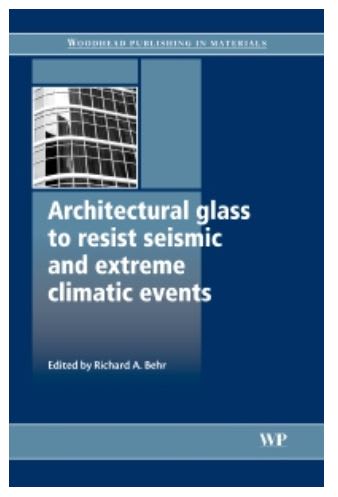jsharkbait
Structural
Hi guys,
We're doing a 12 story commercial building with a Seismic Design Category of B, and have recently been questioned on the building movements under seismic loads so that they can test the window wall system they are using (glass and terracotta).
We gave them the anticipated building drifts from our etabs model for wind drift and ultimate seismic models, but they are baulking at the seisimic drift, which we're saying is 1.6" for the typical floors- well within the H/50 limit in ASCE7. We've also indicated that the code says "architectural" components do not need to be designed for seismic forces in SDC B- See 13.1.4 in ASCE7-10.
I don't have much experience in facades, so I don't know what they are normally designed for. I know the whole point of the drift limit is to make sure there they don't fail and there isn't facade raining all over people who are trying to exit a building under a seismic event- so I feel we've only caused more confusion by giving them a large drift, but also saying they can just ignore it (perhaps we as engineers are used to seeing such apparent contradictions but others aren't).
Just wanted to get a feel for how this is normally handed by others. Thank you.
We're doing a 12 story commercial building with a Seismic Design Category of B, and have recently been questioned on the building movements under seismic loads so that they can test the window wall system they are using (glass and terracotta).
We gave them the anticipated building drifts from our etabs model for wind drift and ultimate seismic models, but they are baulking at the seisimic drift, which we're saying is 1.6" for the typical floors- well within the H/50 limit in ASCE7. We've also indicated that the code says "architectural" components do not need to be designed for seismic forces in SDC B- See 13.1.4 in ASCE7-10.
I don't have much experience in facades, so I don't know what they are normally designed for. I know the whole point of the drift limit is to make sure there they don't fail and there isn't facade raining all over people who are trying to exit a building under a seismic event- so I feel we've only caused more confusion by giving them a large drift, but also saying they can just ignore it (perhaps we as engineers are used to seeing such apparent contradictions but others aren't).
Just wanted to get a feel for how this is normally handed by others. Thank you.


![[bigsmile] [bigsmile] [bigsmile]](/data/assets/smilies/bigsmile.gif) ... That would tend to be the serviceability requirement I would have thought,not for ultimate design.
... That would tend to be the serviceability requirement I would have thought,not for ultimate design.